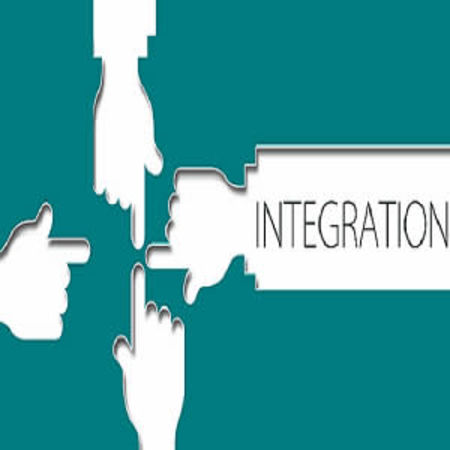A hospital is also a business enterprise – it generates revenues and allots a budget for operational expenses. As its services and operations grow, this necessitates expansion and upgrade of tech infrastructure that will allow bigger data storage and better integration of different systems.
An article in Healthcare IT News details how some large hospitals in the U.S. have been able to solve interoperability problems during integration of their electronic health records (EHR) with other systems (e.g., scheduling, billing, telehealth, etc.). The article cites nine hospitals which made planning for EHR go-lives a priority to ensure smooth integration in line with care improvement strategies and business goals. Here are three of them:
Mount Sinai Hospital
Mount Sinai Hospital's recent mergers and an ageing mainframe prompted the hospital to replace paper charts, integrate records from multiple sources and add a revenue cycle management system. When Mount Sinai set out to upgrade its clinical workflow in 2005, the IT team estimated it would be a three-year job.
What the original team didn’t plan on was the hyper-growth that was coming. In the years that followed, Mount Sinai merged with one of New York City’s largest hospital systems, Continuum, and now operates seven hospitals and 100 ambulatory practices. Through all of that growth, the Epic project is still underway with completion now scheduled for 2020. But rather than simply replacing paper charts with digital records, Epic modules have transformed every aspect of care throughout the system. Epic modules will be used in all departments throughout the system, including revenue cycle management.
The side benefits of having the system so tightly integrated are becoming apparent. Mount Sinai staff is doing work on population health and predictive analytics and they appreciate the availability of a “command centre” dashboard that displays statistics like how many patients are waiting in the emergency department and how many patients are in the OR.
Vanderbilt University Medical Centre
Epic has replaced the Nashville-based provider’s McKesson EHR with 25 customised modules of Epic software during a two-year project dubbed “EpicLeap."
Vanderbilt’s EHR conversion project is focused on three core components to successfully launch its Epic EHR in November: people, process and technology. And technology is the smallest concern of the three. Vanderbilt’s 120 clinics and outpatient sites are focusing on unique training techniques for its 19,000 employees to bolster the rollout. Training is also broken down by specialties, so users are only focusing on elements relevant to their role.
The medical centre is also using the EHR project to work with Epic on building components that both organisations feel would help other users. One example is inpatient alerts and adding research electronic data capture information that can be used both in and out of Epic. That announcement is expected sometime later this year.
Mayo Clinic
Mayo's multiple sites and 51,000 employees needed to better integrate EHRs and revenue cycle management systems into their workflow to better serve their patients. The first 24 sites went live in July. By next year, Epic will replace Mayo’s current three EHRs, which include rivals Cerner and GE Healthcare, as the hospital system’s sole electronic health record platform.
Once Epic is in place, patients and providers will have the information they need from a single system, including medications, allergies and other health issues. Meanwhile, all billing will be conducted through one system such that patients receive a consolidated statement regardless of where at Mayo they receive care.
"We are implementing a single, integrated electronic health record and revenue cycle management system (medical record and billing system) to better serve our patients," Mayo CIO Christopher Ross said.
Source: Healthcare IT News
Image Credit: Pixabay
Latest Articles
electronic health record, infrastructure, revenue cycle management system
A hospital is also a business enterprise – it generates revenues and allots a budget for operational expenses. As its services and operations grow, this necessitates expansion and upgrade of tech infrastructure that will allow bigger data storage and bett



























